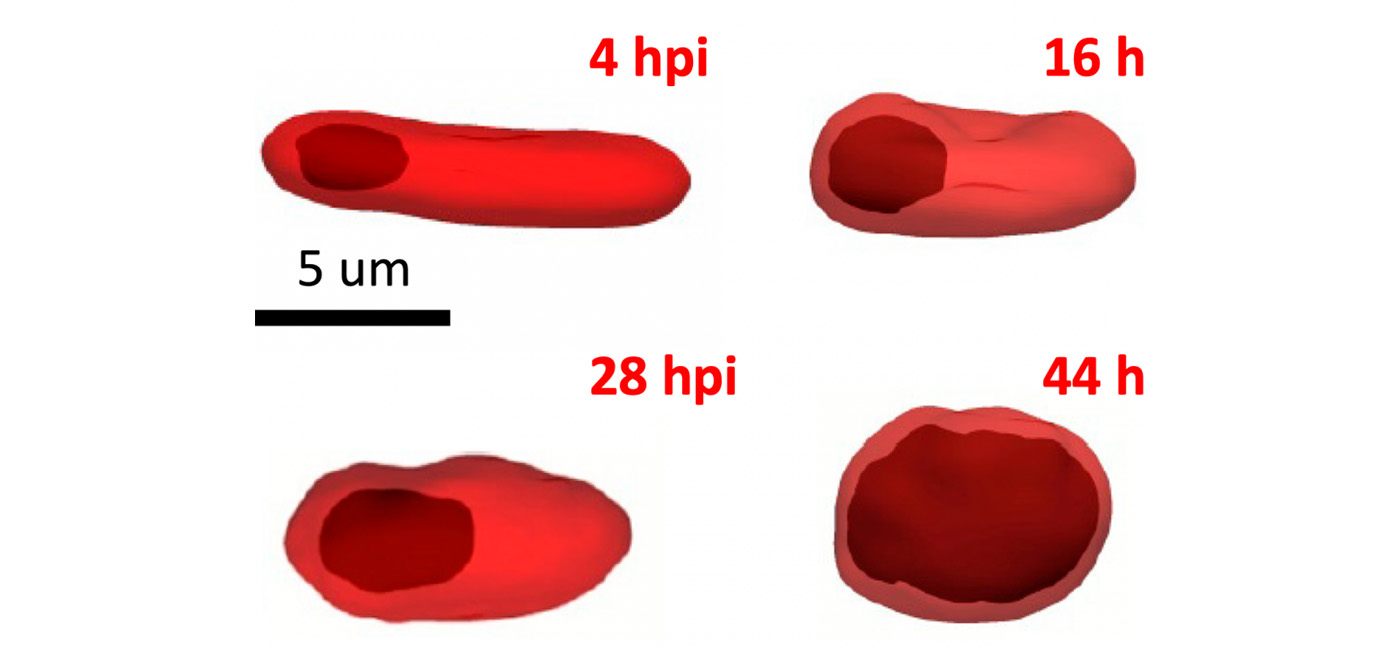
Seminar “Biophysics of red blood cells: lessons from malaria infections”
Date
Tuesday, 11th February of 2019
Time
12:00 am – 13:00 pm
Place
University of Barcelona
Faculty of Physics Building
Room 3.20, 3rd floor
Speaker
Dr Ulrich Sebastian Schwarz, Heidelberg University (Germany)
Abstract
Red blood cells (RBCs) constitute 84% of the 3×1013 cells in a human body. With an average lifetime of 120 days, we produce around one million new RBCs every second.
RBCs are not only essential for the distribution of oxygen in our body, they are also an excellent model system to study how nature has solved the challenge to construct a cell that can survive 120 days with extreme mechanical loading conditions. The main element in this context is the spectrin-actin network, that reinforces the plasma membrane of the RBC. Formerly considered to be a relatively static network, we now start to understand that it must be quite dynamic. This new insight was also triggered by investigations of the malaria parasite, which infects RBCs to hide from the immune system and to digest its hemoglobin. During the 48 hours infectious cycle, the infected RBC becomes completely remodeled by the parasite. In particular, the malaria parasite mines actin from the host cytoskeleton and builds new adhesion platforms into the cell membrane, in order to increase the residence time of infected cells in the vasculature and thereby avoid clearance by the spleen.
We use different modalities of light microscopy, hemoglobin mutations, flow chamber experiments, flickering spectroscopy and computer simulations to understand how the parasite attacks the spectrin-actin network, and to learn from these results more about the biophysical construction principles of healthy RBCs.


